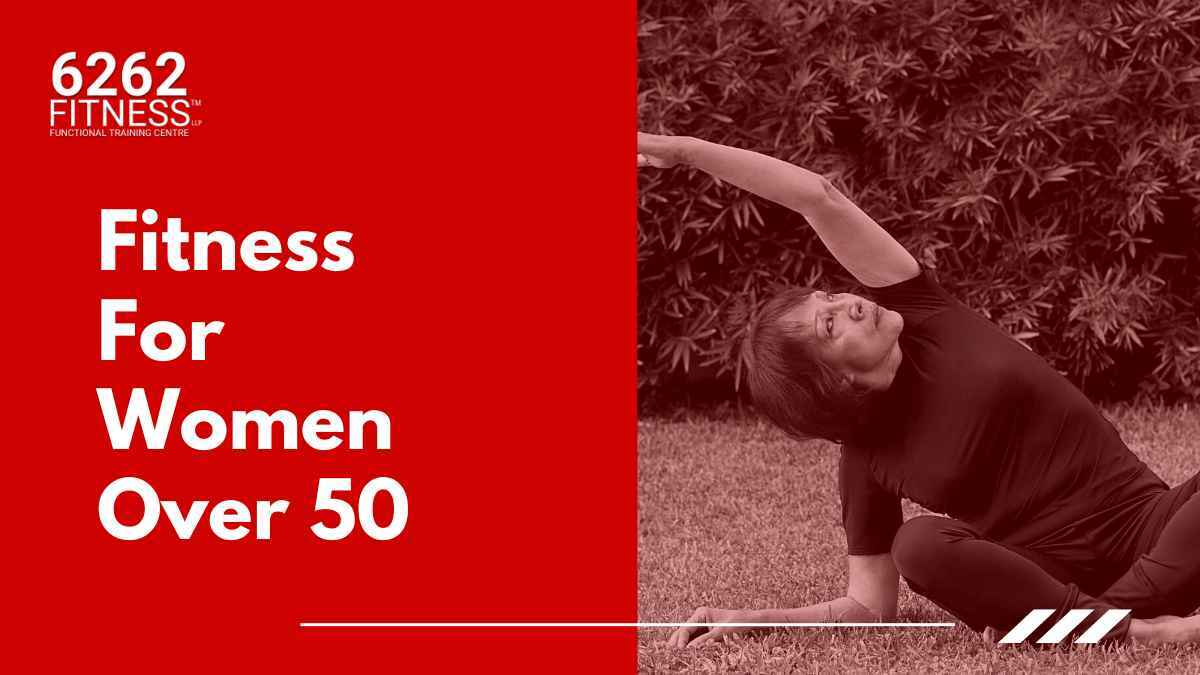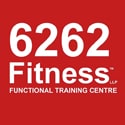
Exercise doesn’t discriminate, and age is just a number. You could be in your 50s and still feel like you are in your 20s or 30s. One look at Jennifer Lopez or Jennifer Aniston – who, by the way, are both obsessed with workouts and healthy lifestyles – and you think they are in their 30s. You see, it doesn’t matter how many numbers you have added to your age. It is never too late to work out. In fact, it is highly recommended as it will help you in improving your physical as well as mental health. In this blog, we walk you through the different and effective workout routines for women over 50.
Stretching: Stretching can help you in improving your flexibility and reduce the chances of injuring your joints or muscles when you start doing more intense workout routines. Yoga is an excellent way to learn to stretch your body.
Balancing: When you reach a certain age, your chances of falling due to your inability to balance properly increase. Balancing activities can help you in maintaining your balance. For instance, you could try to balance yourself by trying to stand still using only one foot for a few minutes.
Strength Training: One of the best exercises for women over 50 who want to improve their overall health and lifestyle is strength training. It has the ability to protect your joints from injuries, improve your balance and build muscles.
Aerobic/Cardiovascular: Also known as endurance exercise, aerobic or cardiovascular activities such as swimming, walking, jogging or dancing should be added to your exercise routine for women over 50. They are perfect for maintaining a healthy weight, preventing heart disease, lowering blood pressure, and controlling blood sugar levels, among many others.
Placing a yoga mat on the floor, lie face down and ensure that your elbows are right under your shoulders, your forearms in front of you and your palms are placed on the ground.
Next, ensuring that your body’s weight is evenly distributed, use your toes and elbows to raise yourself up while tightening your abs.
Your shoulders to your heels should be in a straight line.
For as long as you can, stay in this position.
Stand, placing your feet slightly wider than your hips and put both hands on your hips.
Lower yourself as much as you can without bending your upper body more than a few inches forward. Go as deep as you are comfortable with. If you have knee problems, maintain a 90-degree angle while keeping your thighs parallel to the ground.
Straighten your legs when you return to standing. Avoid locking your knees.
As you squat, make sure your heels are on the floor, and as you rise to return to the starting position, concentrate on pressing your heels deeper into the ground.
Repeat this about 10 – 20 times.
Stand straight. Your feet should be hip-width apart.
Step one leg forward, ensuring that the step is longer than a normal walking stride and that the other leg remains behind. Your back heel will lift off the ground.
Now, lower yourself and make sure that your knees are bent about 90 degrees. Maintain your trunk upright and your core engaged.
Then, pushing off with your front leg, return to your starting position.
Getting down on all fours, spread your hands a little wider than your shoulders.
Ensure that your legs and arms are straight.
Now, lower your body towards the floor and stop when your chest almost touches the ground.
Pause for a second or two in that position, and then push yourself back up.
To repeat, go back to the starting position.
Get down on all forms in a tabletop position.
Put your hands under your shoulder and your knees beneath your hips.
By contracting your abdominal muscles, keep your spine neutral.
Bring your shoulder blades together.
Now, raise your left leg and right arm, all the while ensuring that your hips and shoulders are parallel to the ground.
You need to look down towards the ground, so stretch the back of your neck, and your chin should be in your chest.
After holding this position for a couple of minutes, go back to the starting position.
Next, raise your right leg and left arm. Stay in that position for a couple of seconds.
Repeat this procedure 8 – 12 times.
Start by grabbing the chair or bench while facing away from it and holding it at shoulder width with both hands.
Next, stretch your legs in front of you.
Then, flex your elbows to slowly lower your body until your arm’s forearm forms a 90-degree angle.


